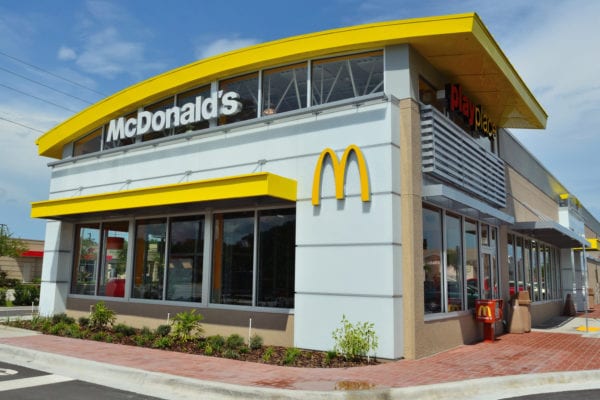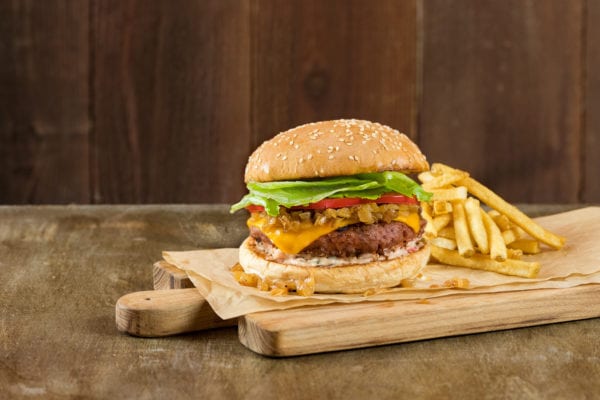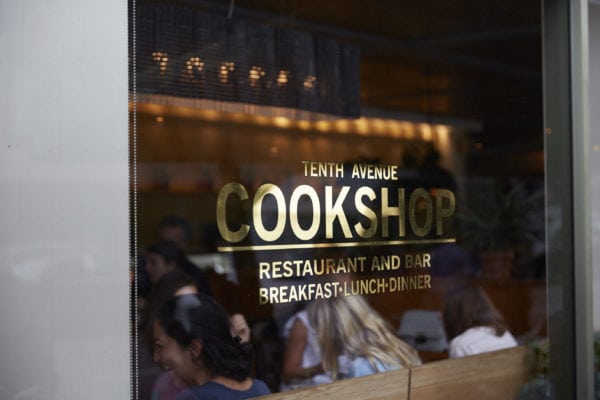Skift Take
Corporate competition and diner retention strategies are important for big business, but don't forget the volume of restaurants in the U.S. directly affects the people that run and work in restaurants.
— Kristen Hawley
Last month, Dunkin’s CEO called the U.S. “over-restauranted,” meaning that there are, quite literally, an unsustainable amount of restaurants in the country as compared to the population. “There are now more than 620,000 eating and drinking places in the United States, according to the Bureau of Labor Statistics, and the number of restaurants is growing at about twice the rate of the population,” said an article in yesterday’s New York Times.
These facts are familiar and we’ve heard them before: Americans are spending more money on food, but those dollars are fragmented across restaurants, grocery stores, meal kits, and everything in between. The Times also cites another interesting stat: according to the U.S. Department of Agriculture Economic Research Service, we spend 44 cents per every food dollar on restaurants. But when there are too many restaurants, even nearly half of Americans’ food budgets aren’t enough to sustain all of them.
The Times piece also goes a step further than many others, explaining that the too-many-restaurants problem can be traced back to Wall Street, investing heavily in restaurants, a tangible entity as opposed to dot-com companies. These investments and increasing competition affects all aspects of restaurant labor, from the people that work in the restaurants to the people who own the restaurants. For their part, chains like Subway are obviously pushing growth strategies that directly affect their franchieses. For example: Subway’s franchisee agreements require a remodel every seven to ten years. Earlier this year, McDonald’s offered to pay franchisees just over half of the cost of store upgrades, in an effort to ensure more of its locations get the current tech-savvy updates.
As competition heats up with more restaurants clamoring for our patronage, companies attempt to optimize every element of the experience with store redesigns, flashy new technology, and other enhancements that cost real money. Often, the cost of these changes, as we’ve seen with sit-down chains like Ruby Tuesday’s and Applebee’s, is a “streamlined menu” or dramatic reduction in the number of menu items offered in an effort to control costs. But as this competition continues and pressure on restaurant owners — from franchisees to independent operators — mounts, something’s got to give. The restaurant industry employs, according to the National Restaurant Association, 14.7 million people in this country, so the future of the business is about much more than just a good meal.
This story originally appeared in the November 1, 2017 Skift Table newsletter. Subscribe to get the latest in your inbox.




